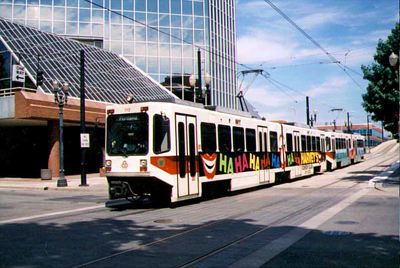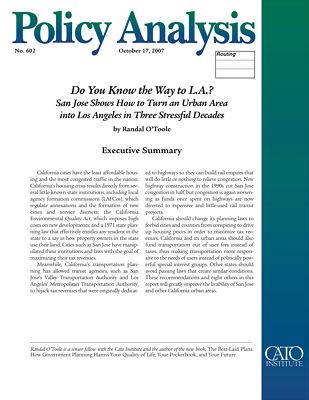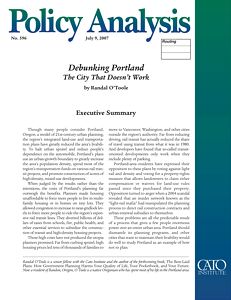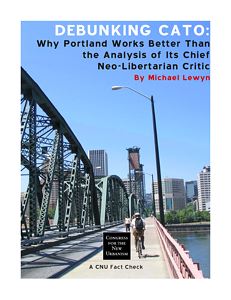According to the mayor of Gresham, Oregon, 40 percent of robberies and drug crimes — as well as 80 percent of gang-related police calls — in his city take place within a quarter mile of a light-rail station. He made this statement in an interview with conservative talk-radio host Lars Larson.
Vandalism and burgleries are also a problem, according to this article in the Oregonian.











